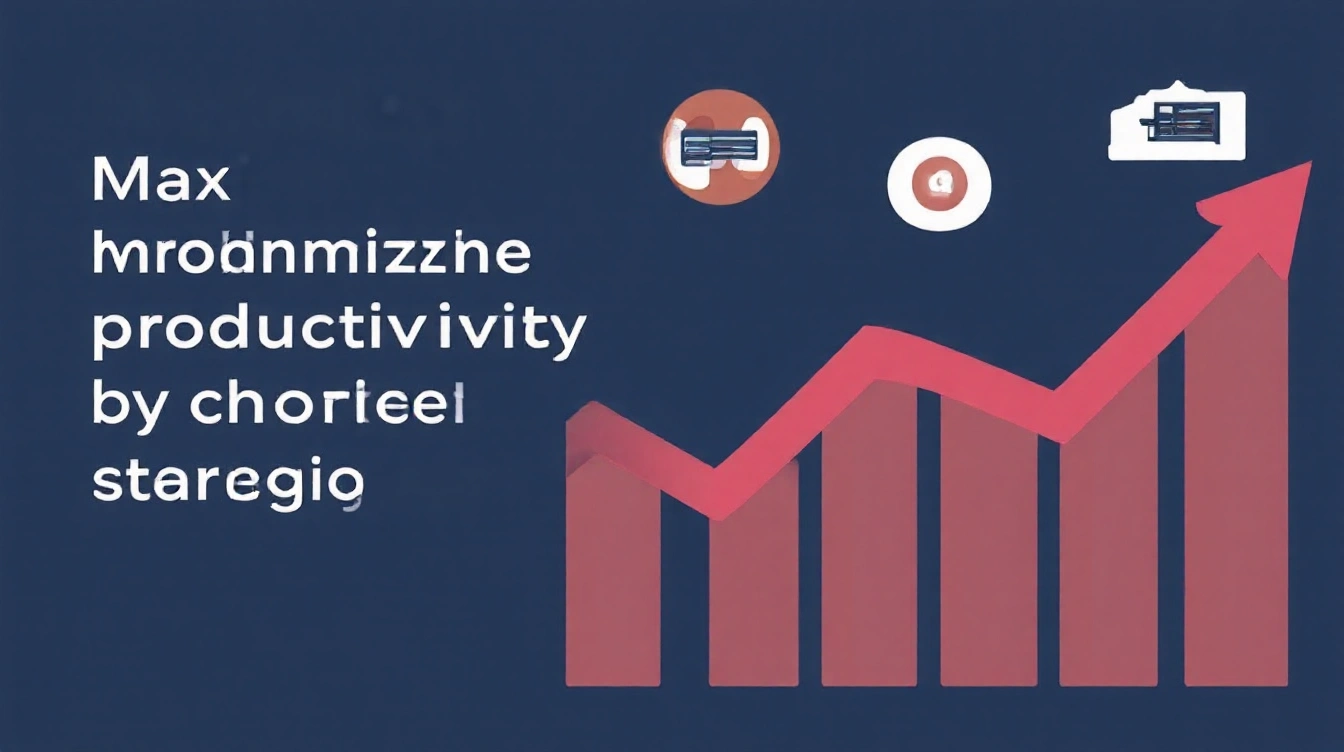Choosing the right strategic sourcing tool directly influences procurement efficiency and overall productivity. Selecting software that combines automation, insightful analytics, and seamless integration elevates operational workflows. Usability, customization, and vendor support ensure the tool adapts as organizational needs evolve. Understanding these key factors empowers decision-makers to invest wisely, unlocking long-term benefits and measurable gains across sourcing activities. Discover how to identify and implement the perfect solution tailored to your procurement strategy.
Key criteria in selecting a strategic sourcing tool
Choosing the right strategic sourcing tool features is pivotal for optimizing procurement processes. The foremost evaluation criteria focus on core functionalities that directly enhance productivity. Automation capabilities are crucial, enabling repetitive sourcing tasks to be handled seamlessly, which reduces manual effort. Equally important is robust analytics, as it empowers procurement teams with data-driven insights to make smarter decisions. Integration with existing enterprise systems is another key requirement; without smooth connectivity, the tool’s effectiveness diminishes.
Also to read : What are the key components of a successful UK business management strategy?
Usability represents another critical factor when selecting sourcing software. Tools must offer intuitive interfaces tailored for procurement workflows, minimizing training time and maximizing adoption rates. Customization options are essential for aligning the software with specific organizational needs. Procurement teams benefit from configurable dashboards and flexible reporting, which enhance operational control and visibility.
Scalability is an indispensable aspect in the evaluation process. A strategic sourcing tool must accommodate growing volumes and evolving sourcing strategies without performance bottlenecks. Additionally, thorough vendor support influences long-term efficiency. Reliable technical assistance and continuous updates ensure that the tool remains aligned with shifting market demands and compliance standards.
Also to read : Master digital transformation: strategies to maximize your growth
In summary, the combination of automation, analytics, integration, usability, customization, scalability, and vendor support forms the backbone of sound evaluation criteria when selecting a strategic sourcing tool. To deepen your understanding of how these solutions fit into broader supply chain operations, consider exploring critical infrastructure like the Fulfillment Center.
Leading strategic sourcing tools for productivity
Exploring top strategic sourcing tools reveals a diverse array of software designed to boost efficiency and streamline procurement processes. Among the market leaders, each solution offers unique productivity features tailored to meet different organizational needs. For example, automation capabilities, real-time analytics, and seamless integration with existing enterprise systems stand out as critical factors enhancing workflow management.
When conducting a software comparison, it’s essential to evaluate features such as supplier management, contract lifecycle management, and spend analysis. These functionalities often distinguish one tool from another in terms of how effectively they improve sourcing outcomes. Recent sourcing tool reviews emphasize ease of use alongside robust reporting tools as major contributors to productivity gains.
Current user ratings and expert assessments indicate that tools providing customizable dashboards and AI-driven insights tend to outperform competitors. These advancements enable procurement teams to make data-driven decisions swiftly, reducing cycle times and operational costs. For organizations aiming to unlock their sourcing potential, investing in a solution with proven productivity features is a critical step.
For a deeper understanding of how sourcing efficiency impacts wider operations, exploring strategies tied to the Fulfillment Center can provide invaluable context.
Impact of the right strategic sourcing tool on productivity
Understanding how efficiency in sourcing transforms operations
Implementing the right strategic sourcing tool significantly enhances organizational efficiency by automating procurement tasks, reducing manual errors, and enabling better supplier collaboration. These tools directly impact workflows by providing centralized platforms where sourcing, negotiation, and contract management occur seamlessly, leading to clear productivity benefits.
A critical way sourcing tool impact manifests is through streamlined operations. For instance, procurement teams can quickly analyze supplier proposals with built-in analytics, speeding decision-making processes while maintaining data accuracy. This eliminates delays typical in manual processes. Additionally, integrated communication features within advanced platforms reduce back-and-forth emails and phone calls, further optimizing time spent on sourcing activities.
Practical examples abound: companies adopting robust sourcing platforms report substantial reductions in cycle times for purchase orders and contract approvals. These improvements translate into faster product availability and cost savings. Such platforms also mitigate common bottlenecks like fragmented data storage and lack of real-time visibility across procurement stages. This transparency enables teams to identify and resolve inefficiencies promptly, boosting overall throughput.
In essence, procurement optimization through the right strategic sourcing tool leads to measurable gains in productivity by aligning sourcing workflows with organizational goals. For those seeking to deepen their operational capabilities, exploring options at a dedicated Fulfillment Center can provide tailored solutions that maximize these advantages.
Expert strategies for choosing the perfect strategic sourcing tool
Choosing the right strategic sourcing tool is crucial to streamline procurement and enhance supply chain efficiency. To embark on the selection process, begin with a comprehensive assessment of your organization’s specific needs. Identify the key functionalities required—such as spend analysis, supplier management, or contract automation. This alignment ensures the tool’s capabilities directly address your pain points and strategic goals.
Incorporate strategic sourcing best practices by involving stakeholders from various departments early on. Their input provides practical insights and promotes buy-in, which is essential for smooth adoption. Additionally, preparing a clear change management plan can mitigate resistance and accelerate the transition.
When evaluating options, apply well-defined criteria to assess each sourcing tool’s scalability, integration ease, user interface, and reporting features. Expert advice highlights the importance of not only initial implementation but also ongoing optimization. Regular reviews and updates of system settings based on evolving requirements keep the tool aligned with organizational objectives, ensuring sustained value.
For organizations looking to enhance procurement efficiency through strategic sourcing, exploring resources like a Fulfillment Center can provide additional perspectives and operational synergy. By following these expert strategies, companies position themselves to select a strategic sourcing tool that delivers measurable improvements and supports long-term success.
Case studies: Organizations maximizing productivity
Exploring case studies reveals how strategic sourcing tools drive significant procurement transformation and deliver measurable sourcing tool ROI. For instance, a manufacturing firm integrated a strategic sourcing platform, which streamlined supplier selection and contract management. This led to a 25% reduction in procurement cycle time and a notable cost saving, maximizing productivity across departments.
In the retail sector, success stories often showcase improved supplier collaboration. One retailer used advanced sourcing tools to consolidate suppliers, which reduced redundancies and enhanced negotiation leverage. This transformed their procurement function, making it more agile and responsive to market changes.
Key lessons emerging from these experiences underline the importance of aligning sourcing strategies with company goals. A crucial takeaway is that training procurement teams on tool capabilities can amplify ROI and sustain the transformation. Additionally, continuous data analysis allows organizations to refine sourcing decisions, ensuring long-term productivity gains.
By examining these real-world examples, companies can better understand how to replicate success and unlock the full potential of strategic sourcing tools within their own processes. For those interested in deeper operational efficiencies, exploring a dependable Fulfillment Center might also complement these sourcing strategies effectively.











